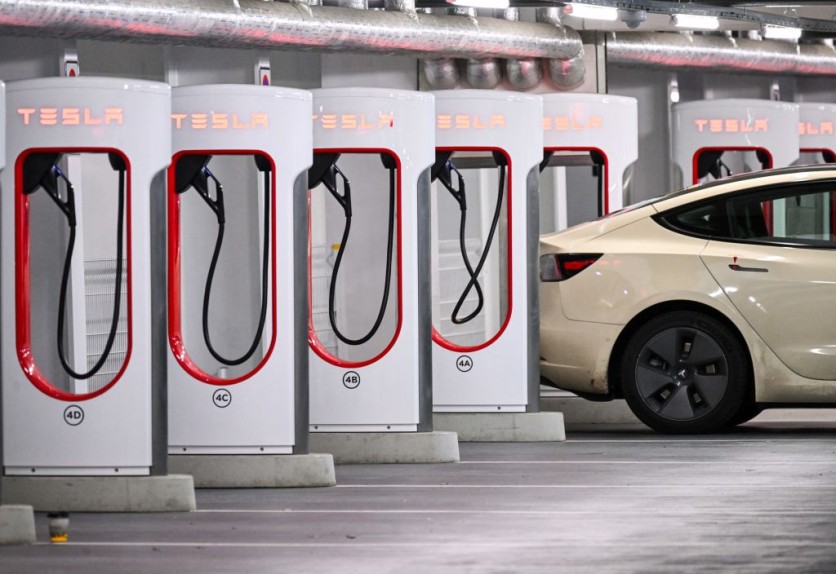As the provider of over 50,000 global supercharging stations for electric vehicles, Tesla is introducing a novel congestion fee system aimed at optimizing traffic flow at its charging stations.

Optimizing Traffic Flow in Charging Stations
Diverging from idle fees that charge drivers on a per-minute basis for lingering at a charging point after a full recharge, congestion fees are designed to deter individuals from fully charging their vehicles during peak station usage.
This fee comes into effect only when charging stations experience high demand, and a vehicle's battery is already charged beyond 90 percent. Drivers will have visibility into congestion fee zones on their vehicle's touchscreen, and a five-minute grace period will prevent minor fees for those who are slightly delayed in retrieving their vehicles.
Engadget reported that the new system of Tesla will initially apply to specific stations across the US, with a fixed cost of $1 per minute. Tesla has yet to disclose pricing details or a rollout plan for locations outside the US.
Tesla has rationalized the introduction of idle fees by drawing a parallel with conventional gas stations, emphasizing that EV drivers should not leave their vehicles parked at Superchargers akin to a gas pump.
Typically, electric vehicles charge rapidly up to the 80-90 percent range, beyond which the charging rate significantly diminishes. The objective of the congestion fee is to reduce the duration of charging sessions during peak hours, allowing more users the opportunity to charge their vehicles.
With an increasing number of automakers adopting the North American Charging Standard (NACS) utilized by Tesla's Superchargers, a growing population of EV drivers now has access to high-speed charging networks.
Implementation of the New Fee System
While the availability of charging stations plays a pivotal role in encouraging EV adoption in the US, Tesla acknowledges congestion as a challenge it closely monitors. Tesla stated that the implementation of the new fee system is poised to alleviate the surge in new EV drivers using Tesla Supercharging stations, particularly as mainstream electric cars gain popularity.
Furthermore, the fees contribute to the company's financial performance. Analysts project that the Tesla Supercharger network's annual value will range between $10 and $20 billion by the end of the decade.
Presently, these fees are set to be imposed on specific Supercharging stations in the United States. Tesla clarifies that congestion fees will automatically come into effect at a station if it is deemed busy, even when there are available stalls.
Tesla states that this fee encourages drivers to charge only as much as is needed for their trip, rather than all the way to 100%, emphasizing that this approach enhances Supercharger availability for everyone.
TechCrunch reported that this strategic move is likely part of Tesla's initiative to discourage owners from occupying high-demand Superchargers for extended periods, particularly at slower charging rates.
The lack of awareness among new owners regarding widely accepted charging etiquette has led to instances of vehicles being parked at chargers until fully charged, even when unnecessary for their trip.
Related Article : Jaguar Is the Latest Automaker to Adopt Tesla NACS Charging Port for Its Future EVs

ⓒ 2025 TECHTIMES.com All rights reserved. Do not reproduce without permission.




